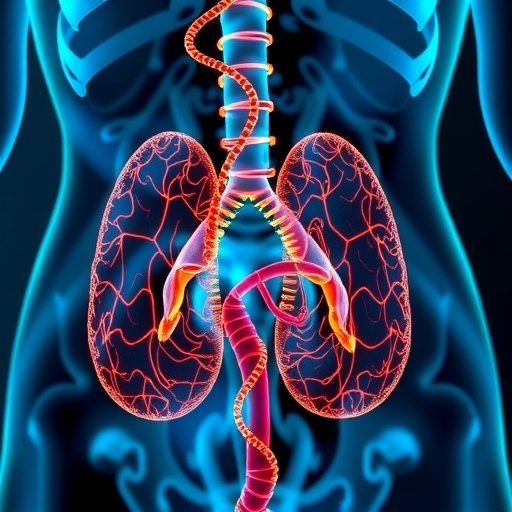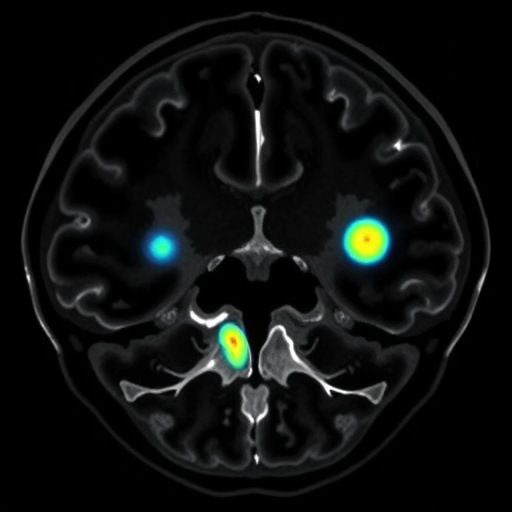Scientists point out the expediency of further research of marine invertebrates to isolate the antitumor compounds from them.
Scientists of the Pacific Institute of Bioorganic Chemistry (PIBOC) of the Far Eastern Branch of the Russian Academy of Sciences (FEB RAS) and the Far Eastern Federal University (FEFU) found out marine invertebrates living in Troitsa Bay, the Sea of Japan, contain biologically active compounds with strong antitumor and antimicrobial properties, and also capable of killing insects. An article on that was published in the Russian Journal of Marine Biology.
Scientists have studied 9 species of marine invertebrates — sea anemones, marine worms, nemerteans, and jellyfish — and discover they are carriers of biologically active compounds with immunostimulating properties, which have a potential to prevent a metastasis proliferation of malignant tumors.
“Marine invertebrates are a promising source of biologically active compounds that can be applied to design medical drugs of a new generation. The therapeutic effects of such compounds are of a broad range. They can be antioxidants, possess cardioprotective, analgesic, antimicrobial, antitumor, and many other properties. ” — Says Elena Leychenko, Associate Professor of the Department of Bioorganic Chemistry and Biotechnology of the School of Natural Sciences (SNS), FEFU.
Scientists consider the segmented worms Eulalia viridis and the so-called marine ‘peanut worms’ (sipunculids) Phascolostoma agassizii are of the highest pharmacological potential among all invertebrates referred to in the article. Extracts obtained from these organisms were non-toxic to mouse erythrocytes and splenocytes, showing a significant antibacterial and anti-tumor effect.
It’s noteworthy that the majority of extracts retrieved from all nine experimental samples of invertebrates were harmless to mammalian cells and at the same time toxic to insects and crustaceans. It means that the isolated compounds are suitable not only for the development of the new drugs but also for the manufacturing of effective insecticides –chemicals for combating harmful insects. In particular, the extract of the ringed worms Lepidonotuss quamatus was toxic to the larvae.
Scientists point out the expediency of further research of marine invertebrates to isolate the antitumor compounds from them.
Earlier, scientists of PIBOC within the framework of the joint PIBOC (FEB-RAS) — FEFU program “Fundamental and Applied Chemistry, Specialization – Medical Chemistry” conducted a study of actinium Heteractis magnifica. These seabed dwellers turned out to be helpful to fight Alzheimer’s disease. Anemones of this kind contain peptides with neuroprotective activity. They slow down the inflammatory process and the accompanying destruction of cell neurons causing Alzheimer’s disease for the treatment of which currently there is no medicine.
###
Media Contact
Alexander Zverev
[email protected]
http://dx.





